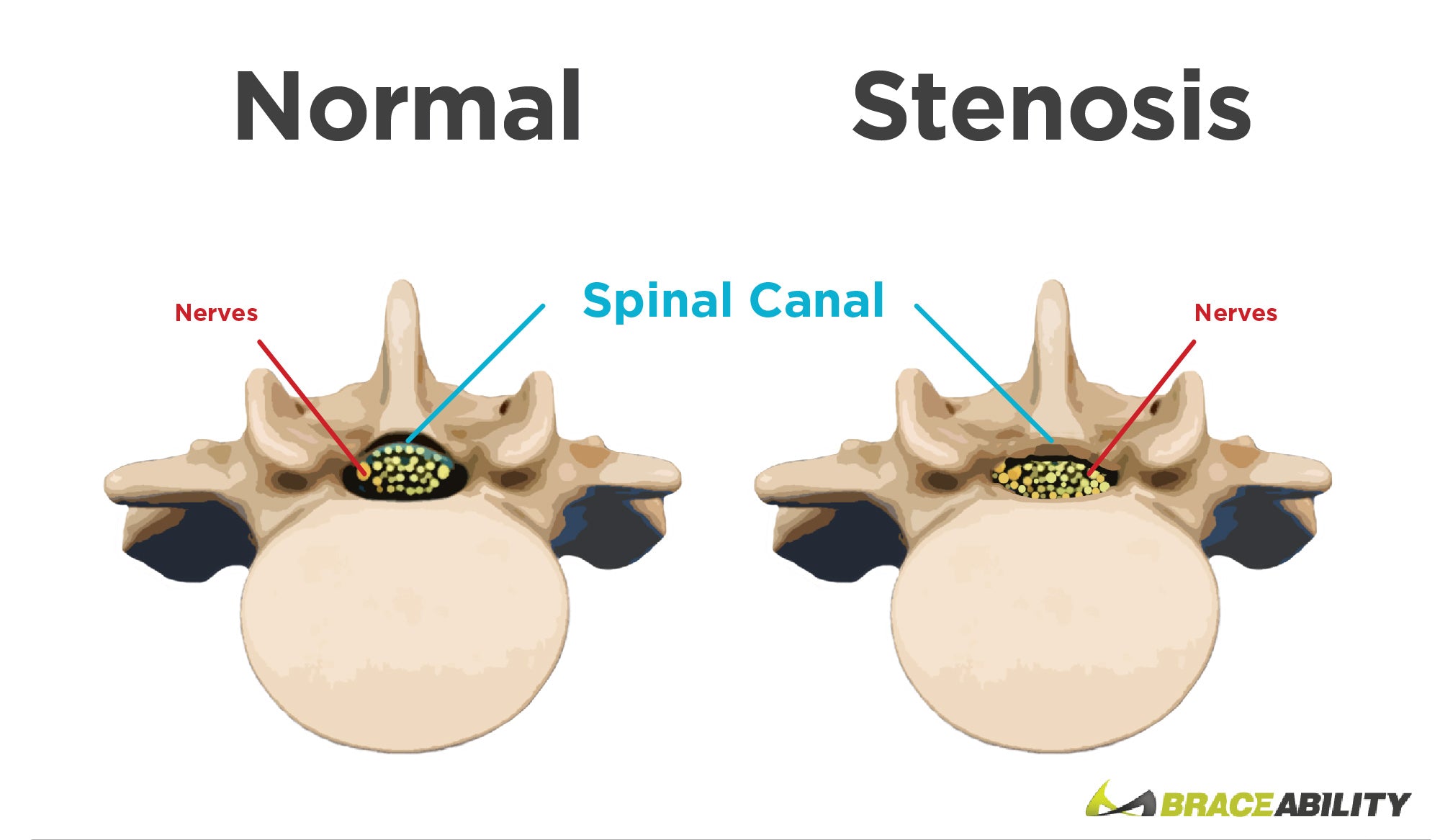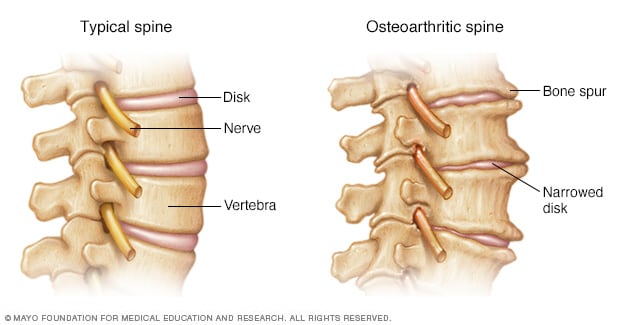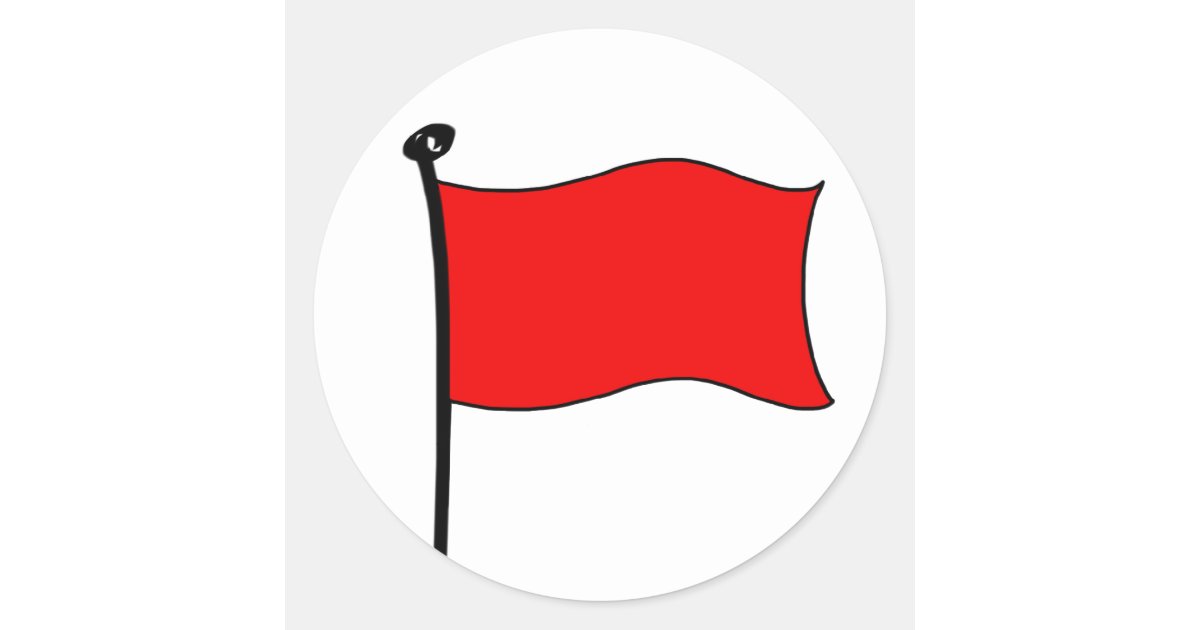
80% – Percentage of the population will suffer from lower back pain in their life.
Men and Women – Affected equally by lower back pain
40yrs – 80yrs – most common age of back pain sufferers
Office Workers – More common among office workers due to long periods of sitting.
Lower back pain is the most common condition which Chiropractors treat.
What is Lower Back Pain
Lower back pain is a common disorder involving the muscles, nerves and bones of the back. Pain can vary from a dull constant ache to a sudden sharp, stabbing feeling. Common areas affected are Back pain on lower right side or Back Pain on lower left side.
Low back pain may be classified by
Duration
Acute – < 6 weeks
Sub – Acute – 6 – 12 weeks
Chronic – > 12 weeks



Lower Back Pain Causes
Mechanical – (Most Common, 80% of Back Pain Cases)
Pain is triggered by movement of the spine. The moving parts which could be the cause the pain can include the ligaments, tendons, muscles, discs, vertebra, and joints of the spine.
Non-Mechanical – (Rare, 10-15% of Back Pain Cases)
Pain is a a result of either inflammatory diseases (Arthritis or IBS) , Cancer (bone cancers or metastases from cancer in other parts of the body) or Infections (osteomyletis or bone abscess)
Referred Pain – (Rare, 3-5% of Back Pain Cases)
Pain which is felt in the lower back but is as a result of an injury or disease in another part of the body. Most common examples include, Kidney (kidney stones or cancer), Prostate (enlargement or cancer) and Gallstones.
Symptoms of Lower Back Pain
Patients with lower back pain can present is a variety of different ways, the severity of the pain can be either mild and annoying or it can be severe and debilitating.
Low back pain may start suddenly, or it could start slowly (coming and going) and gradually get worse over time.
Below are some examples of how pain can be lower back pain can be experienced:
- Pain that is dull or achy, contained to the low back
- Stinging, burning pain that moves from the low back to the backs of the thighs, sometimes into the lower legs or feet; can include numbness or tingling (sciatica)
- Muscle spasms and tightness in the low back, pelvis, and hips
- Pain that worsens after prolonged sitting or standing
- Difficulty standing up straight, walking, or going from standing to sitting



Common Causes of Lower Back Pain (Back Pain Spine)
#1. Back Sprain or Strain
A back sprain occurs when a spinal ligament (bands of strong tissues that hold bones together) is overstretched or torn. In contrast a back strain involves a muscle or tendon attachment. When you sprain or strain your back the soft tissues are injured and react by swelling and causing pain. The affected muscles may also go into spasm that can be very painful and cause stiffness which may make movement difficult.
Please click the link to watch a video on lower back sprains and strains
#2. Disc Herniation
Intervertebral discs separate the vertebra. Each disc is anchored into place by endplates; a fibrous connective tissue that is part of the disc. Discs are made of fibrocartilage and allow a small amount of movement at each vertebral segment. The disc’s outer ring (annulus fibrosis) protects the inner gel-like center (nucleus pulposus).
Disc herniation occurs when the gel-like material breaks through the outer ring, often causing nerve compression, irritation, inflammation, and pain. Pain may travel into the leg and numbness, weakness, and tingling sensations may also
accompany lower back pain.



Please click the link to watch a video on disc herniations
#3. Vertebral Compression Fracture (VCF)
A vertebral compression fracture occurs when force causes a vertebral body to collapse. Trauma (eg, fall) is a cause, although VCF is often associated with osteoporosis. In people with osteoporosis, a VCF can occur spontaneously such as during lifting or bending forward. These fractures usually cause sudden and severe pain.



Please click the link to watch a video on compression fractures
#4. Lumbar Spinal Stenosis (LSS)
Spinal stenosis in the low back develops when nerve root passageways and spinal canal narrow. When nerve structures are compressed the dominate symptom is pain; and pain can radiate into one or both leg (sciatica). LSS usually affects older adults and can be associated with degenerative changes that cause bone and/or tissue to grow into nerve pathways or compress the spinal canal


Please click the link to watch a video on Lumbar Spinal Stenosis
#5. Spinal Osteoarthritis (Spondylosis)
Spondylosis is the medical term for degenerative spinal osteoarthritis; common in older adults. Similar to other types of arthritis, spondylosis can affect the spine’s facet joints—inflammation, stiffness, pain. Spondylosis is part of other degenerative changes too that cause spinal stenosis and disc herniation



Please click the link to watch a video on Spinal Osteoarthritis
#6. Spondylolisthesis
Is when one vertebral body moves forward over the vertebra beneath it. Besides pain, that can be severe muscle spasms and sciatic-type symptoms may develop in patients with Spondylolisthesis



Please click the link to watch a video on Spondylolisthesis.



Lower Back Pain – RED FLAGS
Red flags are signs and symptoms often associated with lower back pain but which may indicate a more severe condition as the primary cause.
Some important RED FLAGS to look out for among Back Pain Sufferers:
- Drastic Weight loss
- Fever / Night Sweats / Chills
- Difficulty Breathing
- Chest Pain
- Enlarged Lymph Nodes
- Bowel and Bladder changes or Dysfunction
- Numbness in the area around the Genitals
- High Blood pressure
- Fainting or Seizures
- Changes in Mental Sate or Personality



Latest Research on Lower Back Pain
With the number of people being affected by lower back pain being so high there are numerous research studies which are conducted in the field here are some of our favourites:



The American College of Physicians Clinical Guidelines for Lower Back Pain (2018)
Due to the the fact hat many patients who suffer from back pain become dependent upon pain medications (opiods) this study came up with 3 recommendations for Doctors when treating patients with lower back pain.
RECOMMENDATION 1: Acute Back Pain – Select Non Drug therapy
Doctors should select non drug treatments with superficial heat, massage, acupuncture, or spinal manipulation as the first line of treatment for lower back pain
If drug treatment is desired, doctors and patients should select nonsteroidal anti-inflammatory drugs (NSAID) or muscle relaxants. Pain medications should be avoided in the early stages.
RECOMMENDATION 2: Chronic Back Pain – Choose Non Drug Approaches first
For patients with chronic low back pain, Doctors should recommend non drug treatment with exercise, rehabilitation, acupuncture, mindfulness-based stress reduction, tai chi, yoga, low-level laser therapy, cognitive and spinal manipulation
RECOMMENDATION 3: Chronic Back Pain – After No Response to Non Drug approaches, NSAIDS to be used first and Pain medIcations only to be used after both options have not worked.
In patients with chronic low back pain who have had no response to drug free therapy, Doctors should consider treatment with nonsteroidal anti-inflammatory drugs (NSAIDS) as first-line therapy,
Doctors should only consider opioids (pain medication) as an option in patients who have failed the above treatments.
The findings of this study have major implications and show that the current approach which is employed by most Doctors and patients needs to be adapted to prevent the negative effects associated with pain medication use.
Click the link below to view the full article:
https://www.ncbi.nlm.nih.gov/pubmed/28192789

Paracetamol for Lower Back pain (2015)
Paracetamol is one of the most common medications prescribed by Doctors to treat lower back pain. Common medications which include paracetamol include Tylenol, Panado and Grand – Pa. This study investigated whether pain medication provided any benefit to patients suffering from lower back pain.
The finding of this study were as follows:
Finding 1: The findings of this study are that paracetamol appears to have no effect above a placebo (a tablet with no active ingredient) in decreasing pain in lower back pain sufferers.
Finding 2: Paracetamol also does not appear to help you speed up recovery from back pain or return to work any quicker than without taking the medication.
This study seems to indicate that Paracetamol should not be used to treat lower back pain as it does not have a effect on decreasing pain but does have possible negative consequences including drug dependency and damage to organs like the Liver and Kidneys.
Click the link below to view the full article:
https://www.cochrane.org/CD012230/BACK_paracetamol-low-back-pain



Objectively Measured Sitting Time Associated with Low Back Pain? A Cross-Sectional Investigation in the NOMAD study (2015)
This study investigated if prolonged periods of sitting at a desk increased the risk and severity of developing lower back pain.
The findings of the study were the following:
The longer the period of time spent sitting the higher the intensity of lower back pain reported.
The reasons proposed as to why prolonged sitting resulted in more severe back pain were:
- Prolonged sitting places more pressure on the intervertebral disc, leading to degeneration and pain
- The increased pressure on the intervertebral disc leads to less nutrition to the disc which speeds up degeneration of the disc.
- Prolonged sitting causes a shortening of the lower back musculature, long term this decreases the mobility of the back.



Dainfern Chiro approach to Lower Back Pain
Lower back pain is the most common condition which patients visit Dainfern Chiro for. Many patients who come to see us have already tried other conservative treatments like Rest, Heat, Massage (Back Pain Home Remedies). Many patients have also taken pain medication and may have already been to other therapists like Physiotherapist or Biokineticists for lower back pain stretches and lower back pain exercises.
Our approach to managing Lower back pain at Dainfern Chiro is to identify the cause of the pain.
To determine the cause of the pain a thorough history and physical examination are conducted and if applicable further investigations like X-rays or an Ultrasound may be requested.
In the majority of the cases the lower back pain is as a result of one of the following reasons:
- Poor posture (Sitting or Standing)
- Prolonged periods of sitting
- Fall or slip
- High levels of stress, emotional state
- Lack of exercise or weak core muscles
Once we have identified the cause of the back pain and ruled out any RED FLAGS which may be causing the pain we will look to treat the patient. Chiropractic treatment generally involves the use of Chiropractic Adjustment (spinal manipulation) and other soft tissue techniques. The patient will also be educated as to the cause fo the pain and how to modify their behaviour to prevent future incidents.
Numerous research studies have shown that Chiropractic Spinal manipulation to be a safe and effective method to manage lower back pain. Chiropractic treatment provides back pain relief in the majority of the cases we treat.The number of spinal manipulation treatments depends on the severity of the back pain as well as how well the patient “sticks to the lifestyle modification advice provided.
The chiropractic approach to the management is a drug free and natural approach which relies on your body’s own ability to heal.